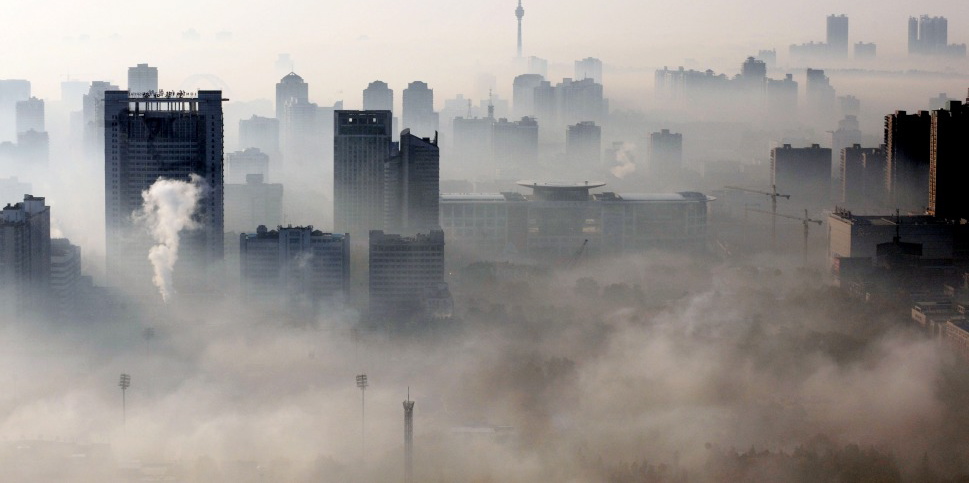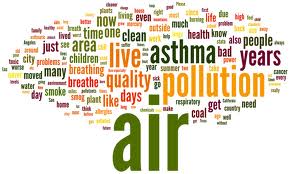The environmental side benefits to climate change mitigation

Effective greenhouse gas mitigation measures to stabilize global temperature change would also have important environmental benefits such as reduced air pollutant emissions, a recent research predicts. The research study investigated the potential for air pollutants to be reduced as a result of taking action to keep the global temperature rise below the 2°C target.
A variety of mitigation options are available, including switching from fossil fuels to renewable sources of energy. To achieve the necessary GHG emission reductions, one key option is to impose carbon taxes. However, these would need to be high to help achieve this target, according to the study’s authors.
Climate change mitigation measures may generate benefits in addition to their principal intended goals. For example, curbing the use of fossil fuels will also reduce the emissions of air pollutants, such as sulphur dioxide (SO2) and nitrogen oxides (NOx), which can harm human health and the environment.
The researchers used the AIM/Enduse model, based on a variety of emission reduction options in different sectors, to simulate different GHG mitigation scenarios up to 2050 under various carbon tax conditions.
The study covered 32 regions, grouped into two groups: Annex 1 Countries – mostly industrialized and Annex 2 Countries – mostly developing nations.
The researchers focused on the six GHGs included in the Kyoto protocol as well as non-Kyoto ozone-depleting substances. The air pollutants examined included SO2, NOx, black carbon and particulate matter.
On the baseline assumptions adopted by the authors, without carbon taxes air pollution was projected to worsen considerably. Emissions of SO2, NOx, black carbon and particulate matter were projected to increase from 2005 levels by 31%, 21%, 35% and 42%, respectively, in Annex I countries by 2050.
In less developed countries this was even more extreme, with levels of the same four air pollutants rising by 109%, 169%, 137% and 1112% between 2005 and 2050. Asia accounted for at least 55% of emissions of each of these air pollutants in Non-Annexe 1 regions. 
Carbon Taxes need to be high
If carbon taxes followed current and previous carbon market trends, rising from $4/t CO2-eq (US dollars per tonne of CO2 equivalent) in 2005 to $50/t CO2-eq in 2050, the researchers predict the resulting GHG emission reductions would not be sufficient to meet the 2°C target, and warming would rise to 3°C above pre-industrial temperatures.
Only with a high carbon price ($400/t CO2-eq in 2050), would it be possible to achieve the global warming limit of 2°C.
By stabilizing global GHG emissions along the climate mitigation pathway that meets the 2°C limit target by 2050, however, both GHG and air pollutant emissions would be reduced by 60-80%, compared with the situation of having no carbon taxes.
This emissions reduction pathway would be achieved through technology choices that depend on energy and carbon prices. The results demonstrate that high carbon taxes ($400/t CO2-eq in 2050) are nevertheless required to achieve this huge reduction in air pollutant emissions.
The study also highlights how the co-benefits in terms of reducing air pollutant emissions through GHG mitigation measures vary between sectors.
For instance, switching from coal to low-carbon or non-fossil energy sources will significantly reduce SO2 and particulate matter emissions from the energy supply sector. However, GHG mitigation measures in the transport sector would not reduce NOx and black carbon emissions to the same extent.
Climate change mitigation comes at a cost, so highlighting the multiple benefits of these policies could help encourage countries to take action towards a low-carbon society, the researchers say.



